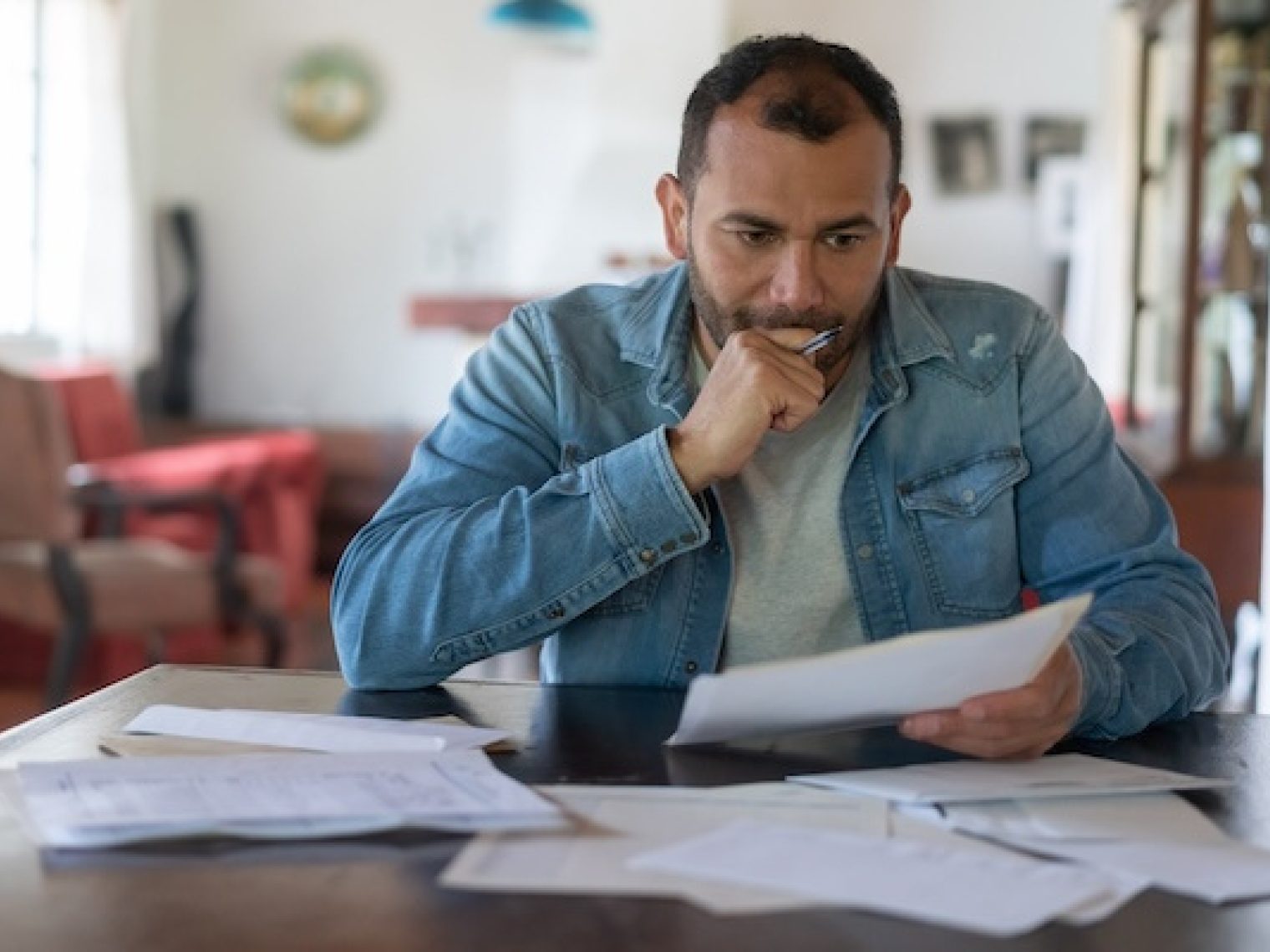You can’t predict the future, but you can be prepared for it — at least financially.
It’s true: A flush emergency fund can help you weather any storm that might be ahead.
Lose your job?
Your emergency fund has you covered until you can find a new one.
Refrigerator on the fritz?
Use your emergency funds to replace it.
Have unexpected medical bills?
Your emergency fund can help there, too.
Your emergency fund can be a life-saver in some cases, and having one at the ready is critical no matter what stage of life you’re at. Do you have an emergency fund saved up and ready to go? If not, here’s how much you’ll want to start stowing away.
Emergency fund needs
Financial advisors generally recommend having at least three to six months of expenses saved up in case of an emergency.
Obviously, these expenses vary from household to household, so there’s no hard and fast number here.
A great way to start is to tally up everything you pay in a month for the following:
- Housing, meaning your rent or mortgage payment
- Groceries
- Utility bills, like water, gas, and electricity
- Your car, including any loan payments and gas expenses (if you don’t have a car, use your monthly public transport costs here)
- Childcare or school tuition
- Insurance, including home, life, medical, and more
Add that all up and multiply by three, and that’s the bare minimum you should have in a savings account. If you can stash away double that, then that’s even better.
If it sounds like a hefty number, it should be. It might take you a bit to save up, but the effort will be well worth it in the end. Not only will it safeguard you in case something unexpected happens, but it will keep you from taking out costly loans, charging up credit cards, or choosing some other expensive financing option. These can only add to your financial struggle in the long run.
Homeowners and emergency funds
Once you become a homeowner, you also have additional expenses to tally up too. The first is potential home repairs.
Though you can never know when a repair might spring up, you can bet it will — and in many cases, it will be expensive.
For example, replacing your roof can cost a whopping $10,000 or more, depending on your insurance and other factors. A new fridge or washer can run you around $500 to $1,000.
If you’re not prepared for those kinds of costs, you could find yourself in financial trouble down the line. A good rule of thumb is to have at least 3 percent of your home’s value saved for potential repairs. On a $200,000 home, that would mean $6,000.
Regularly shopping around for homeowners insurance can also help you save money and better prepare for costs in the event something breaks.
The bottom line
Having a solid emergency fund is vital, even though it can certainly be a challenge to build. Not only can it help you weather any financial storm that might come your way, but it can also help you do it without a credit card or other type of debt — options that will only cost you more in the long run.
When you do start building your fund, make sure to do it using a high-yield savings account (and shop around for that account to ensure you get the highest interest rate). This will help you grow those savings even faster.
Answer a few questions below to speak with a specialist about what your military service has earned you.
Related Posts
-
 Military Tax Tips: Deductions and CreditsFor every hoop the IRS makes you jump through with rules and bureaucracy, there are an equal number of deductions, credits and types of filing to save money and time that just require a little digging to discover.
Military Tax Tips: Deductions and CreditsFor every hoop the IRS makes you jump through with rules and bureaucracy, there are an equal number of deductions, credits and types of filing to save money and time that just require a little digging to discover. -
 Unemployment Benefits After Military ServiceAre you separating from the armed services, or have you recently separated and don’t have a post-military job lined up yet? You might be eligible to receive unemployment benefits to help keep you afloat until you can land a job.
Unemployment Benefits After Military ServiceAre you separating from the armed services, or have you recently separated and don’t have a post-military job lined up yet? You might be eligible to receive unemployment benefits to help keep you afloat until you can land a job.


